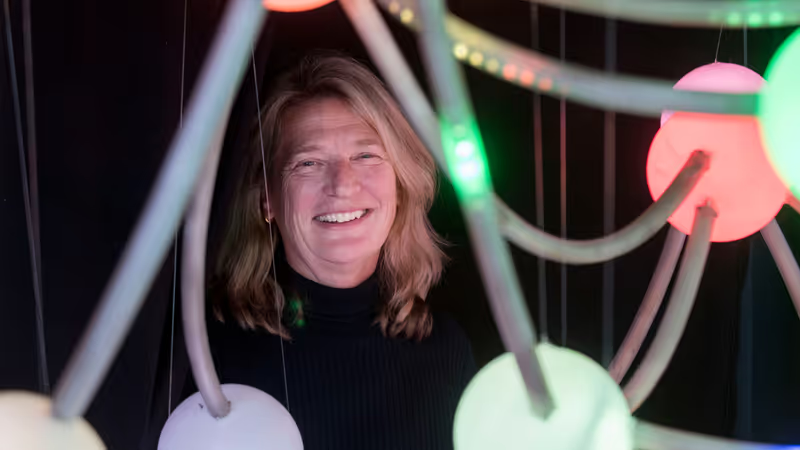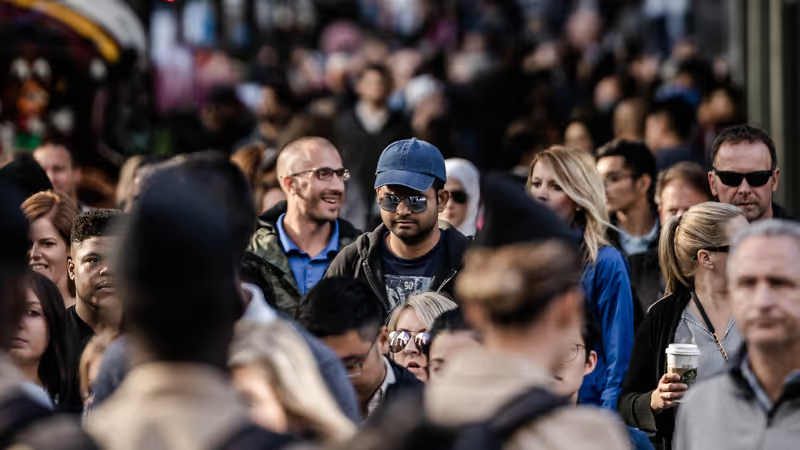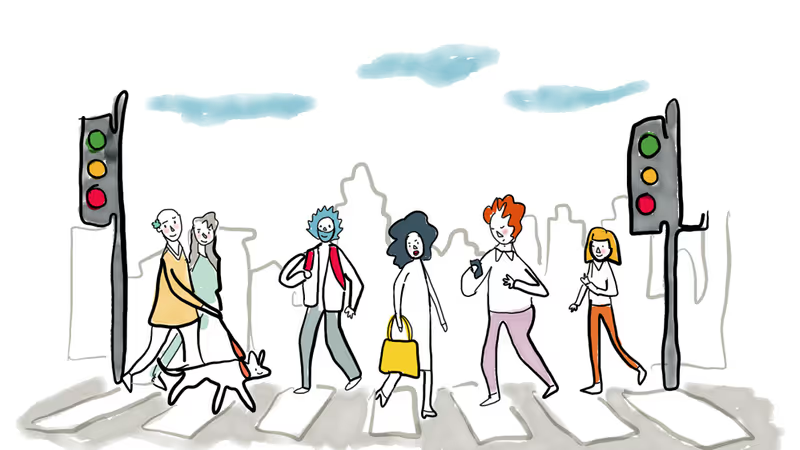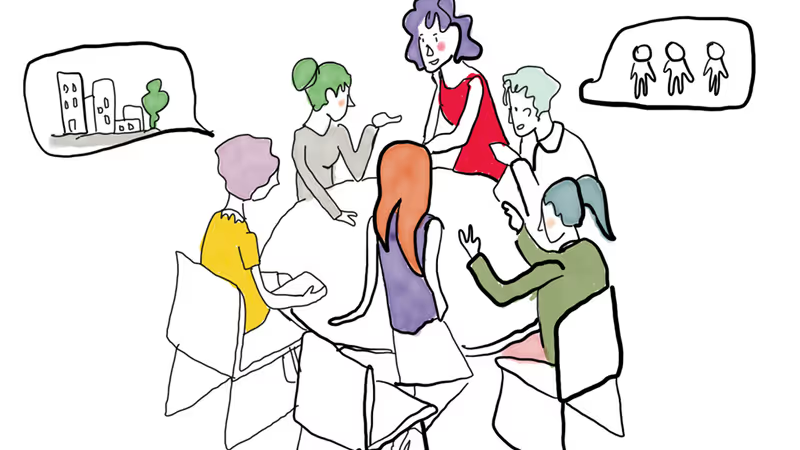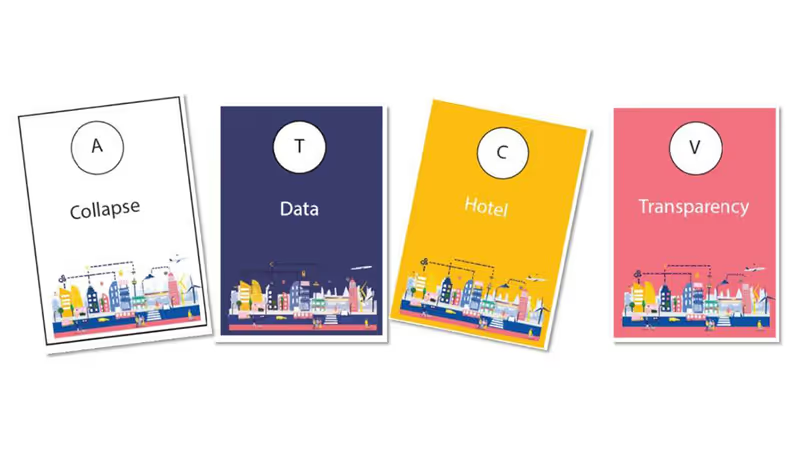Every year in October, Dutch Design Week (DDW) takes place in Eindhoven, the Netherlands. DDW is the biggest design event in Northern Europe, where thousands of designers present their work and ideas. Despite these uncertain times DDW carried on. However, in an online form. University of Twente participated once again and showcased projects related to contemporary topics in design, determined by Design United. DesignLab's focus areas Responsible Design and Citizen Science were also represented: during the DRIVE festival, Waag Talks and via blog posts. Here's an overview of UT @DDW 2020!
About Design United
 Design United, the 4TU research centre of design, consists of representatives who work at the universities of technology in the Netherlands: University of Twente, TU Delft, Wagingen University and Eindhoven University of Technology. DesignLab University of Twente is part of the team that represented Design United during DDW, and involved in the organisation of this year's programme.
Design United, the 4TU research centre of design, consists of representatives who work at the universities of technology in the Netherlands: University of Twente, TU Delft, Wagingen University and Eindhoven University of Technology. DesignLab University of Twente is part of the team that represented Design United during DDW, and involved in the organisation of this year's programme.
Up Close and personal
There's a strong connection between Dutch Design Week and Design United's mission: bridging the gap between design research and the design community. The main goal of Design United during DDW was to promote a range of discussions with a new generation of designers ‘through’ their designs. What are their ideas and visions about our future, which ethical dilemmas do they face, and how might they solve them? The resulting event consisted of five big societal themes, tackled via five livestreamed talks, which took place from 19 to 23 October. Missed the talk shows? Re-watch the livestreams. You can also read the eMagazine and watch videos of each one of the contributors.
THE FIVE SOCIETAL THEMES
The Digital Age in which we live is morphing the identities of designed artefacts. Big Data and AI are blurring the traditional boundaries between subject and object, physical and digital, human and machine. The resulting hybrids are often regarded with a combination of suspicion and fear, coupled with a feeling of curiosity and wonder. We ask: what is the merit of these new hybrid artefacts? And what role can designers play in making sense of them?
Design does not take place in a vacuum. On the contrary, designers and the products they create, originate and function within complex environments or ecologies consisting of multiple people, products and systems which are entangled, unpredictable and interdependent. This presents a complex design conundrum: what constitutes an ecology and who or what should be included? How might designers set boundaries around complex design spaces? And how might we change such ecologies through particular design interventions?
We may be living in a Digital Age but we continue to inhabit a material world and physical artefacts still play an important role in design research. Consequently the emergence of new biological materials – living matters – present a fascinating challenge for designers. How might emerging materials help designers create products that digest, or integrate and blend with our human bodies and with our natural environment? How might living materials allow products to function in new and efficient ways? Might these emerging materials prompt us to re-evaluate ‘life’ itself?
Silent Power is about both the intentional and unintentional change design can cause in individuals and in society. What stance should designers take within an opinionated society and how do they deal with moral dilemmas when aiming for a particular impact? To what extent are designers part of industry, or activists driven by personal goals and political agendas? How can designers anticipate for, or even negate, unforeseen consequences – by design?
How fast can designers respond to change? What can they do? The role of design during the COVID-19 pandemic is one of a number of timely case studies which will be debated. But beyond corona, how does the designer’s practical response to a crisis relate to longer term research and solutions? How might designers create sustainable solutions from the very beginning of the design process - building in resilience to future shocks?
THE MAP BELOW SHOWS THE HIGHLIGHTS OF UNIVERSITY OF TWENTE.
Swipe to the right and start your DDW journey
Citizen Science and Health
Responsible Design and Smart Cities
Links and articles
 Design United, the 4TU research centre of design, consists of representatives who work at the universities of technology in the Netherlands: University of Twente, TU Delft, Wagingen University and Eindhoven University of Technology. DesignLab University of Twente is part of the team that represented Design United during DDW, and involved in the organisation of this year's programme.
Design United, the 4TU research centre of design, consists of representatives who work at the universities of technology in the Netherlands: University of Twente, TU Delft, Wagingen University and Eindhoven University of Technology. DesignLab University of Twente is part of the team that represented Design United during DDW, and involved in the organisation of this year's programme. 
